Also Known As
Charanamrit (चरणामृत) – Often used in North India, meaning “nectar of the Lord’s feet,” commonly served in temples
Panchamrutha (ಪಂಚಾಮೃತ) – Used in Karnataka and some parts of South India
Panchamrutham (பஞ்சாமிர்தம்) – Tamil Nadu and Kerala, sometimes referring to a slightly different version with added ingredients like bananas and dry fruits
Panchamritam (పంచామృతం) – Telugu variation
Panchamrita (पंचामृत) – Sanskrit-based spelling used interchangeably
Ingredients for Panchamrut
Directions for Panchamrut
In a clean, deep bowl, pour fresh milk. Add fresh curd, ghee, sugar and honey.
Using a spoon or whisk, mix all the ingredients thoroughly until the sugar dissolves completely, ensuring a uniform mixture.
Garnish the Panchamrut with fresh tulsi leaves to enhance its sacredness and aroma.
Offer the prepared Panchamrut during your puja rituals. After the ceremony, distribute it as prasad to the devotees.
Ingredients
Directions
In a clean, deep bowl, pour fresh milk. Add fresh curd, ghee, sugar and honey.
Using a spoon or whisk, mix all the ingredients thoroughly until the sugar dissolves completely, ensuring a uniform mixture.
Garnish the Panchamrut with fresh tulsi leaves to enhance its sacredness and aroma.
Offer the prepared Panchamrut during your puja rituals. After the ceremony, distribute it as prasad to the devotees.
Notes
Storage Tip
Due to the inclusion of curd, Panchamrut has a limited shelf life of approximately 3 to 4 hours at room temperature. It is advisable to prepare it fresh and consume it promptly to maintain its sanctity and taste.
Embrace the tradition of preparing Panchamrut during your religious ceremonies to invoke divine blessings and share this sacred nectar with all participants.
Have you tried this recipe?
Mention us @satyamskitchen and tag #satyamskitchenrecipes
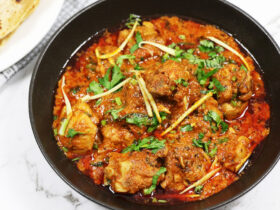
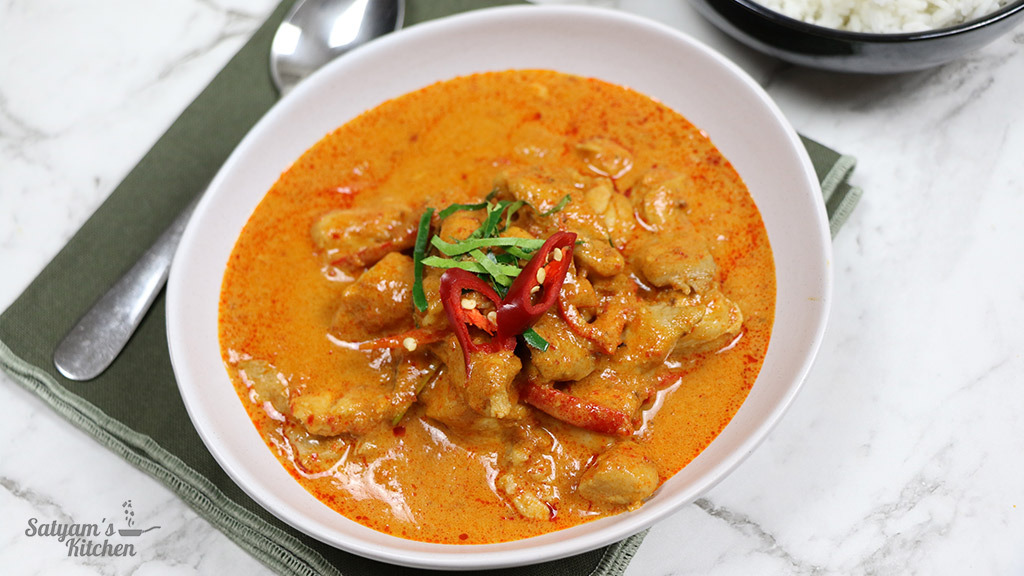
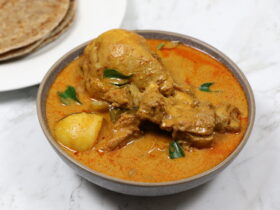






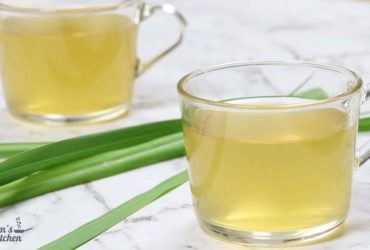
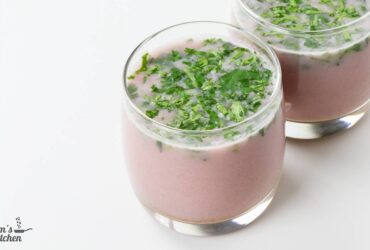
Leave a Review